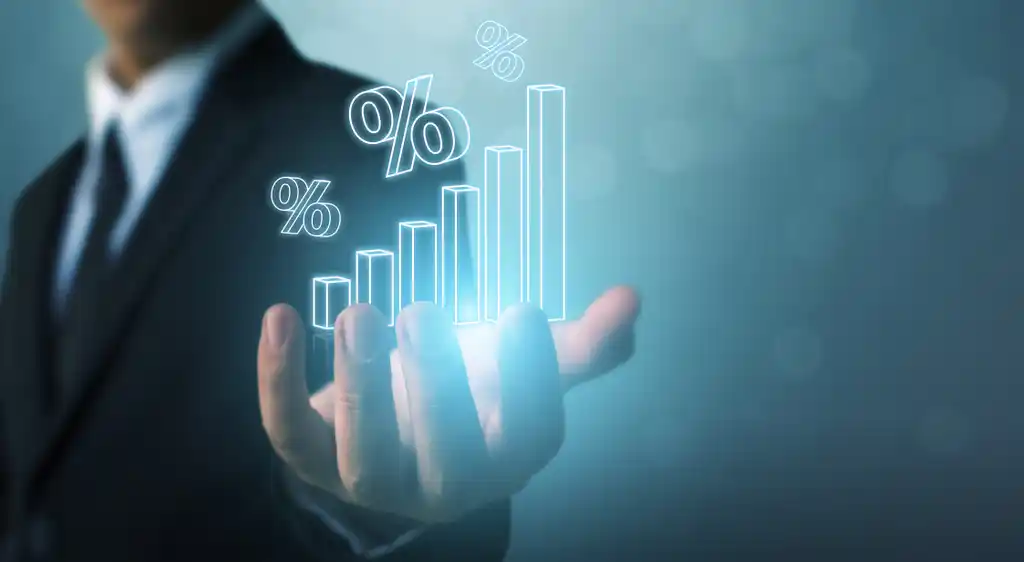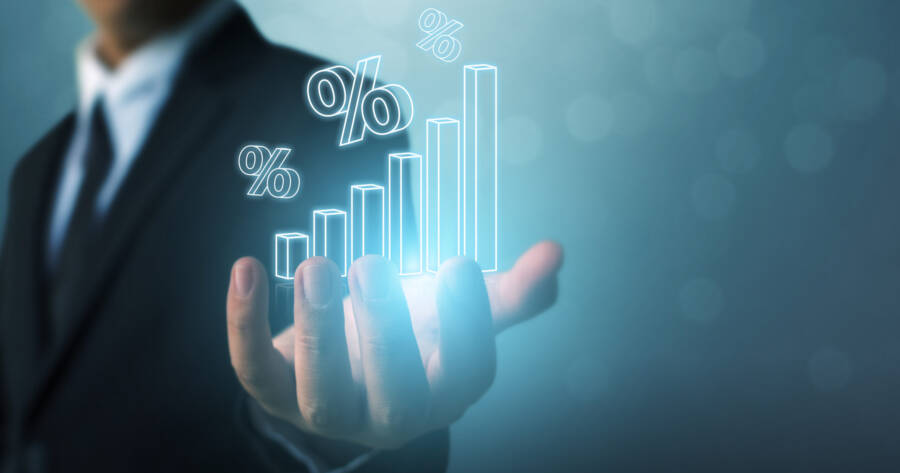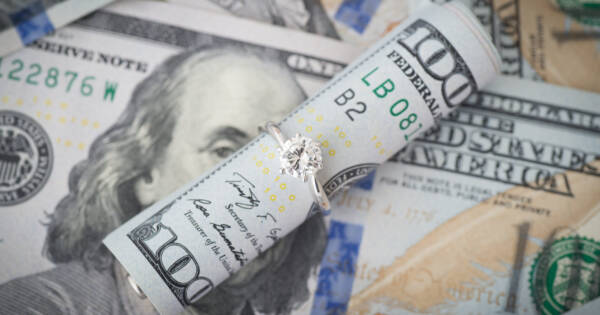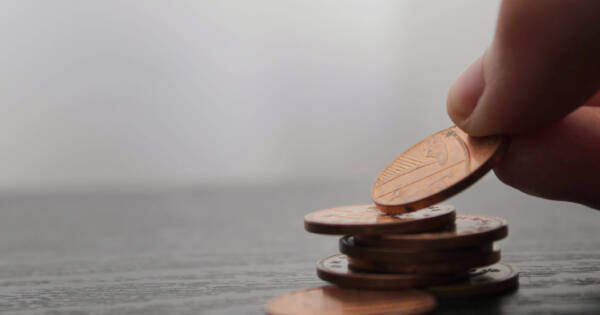So many financial buzzwords attract our attention, but one stands out above the rest: “Free.”
It’s one of the many words and phrases we respond to when it comes to finances. Free trials, one-month free passes, and tons of other “free” offers riddle our inboxes, our physical mailboxes, and the colorful signage around us.
One of the most attractive phrases including the word “free,” however, has to do with lack of owing money. Yes, we’re talking about the phrase “debt-free.”
A debt-free life is one most of us strive for, even if we never quite achieve it. Even incredibly wealthy people still borrow money. They just do it smartly. Many equate no debt with a life of luxury. But did you know that having some debt can actually be good?
Spoiler alert: we won’t be talking about good debt in this article. However, we will discuss exactly how you can prioritize your debt so it works for you, not against you. Ultimately, prioritizing your high-interest debts is the first step in future financial success.
What Qualifies As High-Interest Debt
So how do we categorize debt? What is considered high-interest debt, exactly?
Beyond the good/bad system we mentioned above, you can classify your debt based on the interest rate attached to it. A higher interest rate typically means you’ll be paying more in the long run than you would on other types of loans. That may be self-explanatory in a way, but let’s put numbers to it.
NerdWallet labels any debt with an interest rate higher than 20% as high-interest debt. For perspective, that means you would owe someone $20 (or more) for borrowing $100. That’s a fifth of what you’re borrowing that you’d owe back in interest.
When you start putting time limits on that amount, however, and talking about simple vs. compound interest, things can start to get out of hand pretty quickly. For instance, those payday loans you’re always hearing about on TV? “They often come with interest rates as high as 300%,” cautions NerdWallet. That $20 you owed previously in interest would pale in comparison to $300 in payday loans’ interest — on a simple $100 loan!
Why You Should Prioritize High-Interest Debt
You might have looked at the figures in the last section and wondered, “If I had to borrow $100 from someone, how would I be able to pay off that amount and $300 more in interest as well? That’s $400 for a one-time $100 loan I couldn’t afford in the first place.”
This is exactly why you should prioritize high-interest debt. It’s an unsustainable situation. A small amount of debt soon turns into a large pile that strains your wallet and buries you under a mountain of interest. It can become nearly impossible to pay off at a certain point.
High-interest debt acts like financial quicksand. Struggle as you might, the debt keeps pulling you down further until you’re up to your neck in loans. Ignore it long enough and it could swallow you — and your assets — whole.
Don’t let the quicksand pit of debt snare you. Learn how to prioritize your debts and make the choices necessary to free your bank account from the burdens of high-interest debt.
How To Prioritize High-Interest Debt
For those who haven’t taken on high-interest debt yet, avoidance is key.
However, there are those of you who are continuing to read this article because you need help. You have high-interest debt and want to get out from underneath it. Yes, it’s possible to do so. However, it will take dedication, effort, and serious discipline. And some sacrifices. Experts offer a few methods for paying down high-interest debt to put you on the path towards a debt-free life.
Credit Utilization
Your credit limit is not to be confused with the amount of money you can borrow without consequences. You’ve heard of people maxing out their credit cards. The best behavior with your credit limit, however, is to use 30% or less of it. According to Experian, credit utilization is “the second most important factor in your credit score after payment history.” Even if you don’t plan on taking out a loan anytime soon, your credit will benefit greatly by limiting your use of it to less than 30%.
Maintaining a good credit utilization score will result in lower interest rates and better credit, should you find yourself trying to refinance a high-interest loan with a different lender.
Minimum Balance Due
Your credit card balance looms over you at hundreds (if not thousands) of dollars. However, your minimum payment looks much more doable. It could be as low as $25, even with a mounting balance. However, if you’re only paying the minimum balance due each month, your interest still racks up. Credit cards are usually one the higher interest rates most people have. Be sure to pay as much over the minimum payment as you can budget for. Even better, try to pay your credit card balance in full every month. You’ll end up paying way less interest overall.
Snowball and Avalanche Methods
Financial gurus speak of these two types of methods for paying down debt. In the avalanche method, you work on your highest interest debt first, paying that off first. After it’s gone, you go down the line until your smallest interest debt looks like a tiny flake in the wake of your debt-obliterating practices.
Alternatively, the snowball method works in the opposite way, knocking out lower balances due first. While the snowball method doesn’t take interest rate into account, there’s a satisfaction is closing out each smaller debt forever. Then you start chipping away at larger debts until they, too, are gone. Depending on your financial situation, either of these may work to your benefit.
Debt Consolidation
If you have a lot of debt, with varying interest rates, you might want to consider consolidating it. That will combine all the debt into one place, with a single monthly payment, and a singe interest rate. Assuming at least some of that debt was high interest, consolidating will save you some money in the long run. Obviously, that’s the selling point many debt consolidation firms take advantage of, but it can help organize your debt so you face one sum. You can read more about two common methods of debt consolidation — balance transfers and home equity lines of credit — on the Bank of America’s website.
Short Term vs. Long Term Planning
Doing the responsible thing and paying off bad debt can mean you won’t have much extra cash lying around. But ask yourself: do you want to enjoy things now and let your debt grow out of control? Or would you rather plan for a bright future and reap the benefits when you need them most? That mindset often provides the motivation you need to make those payments and prevent yourself from taking on more debt in the meantime.
Smaller Debts Lead to Bigger Rewards
Sit down with your finances today and come up with a plan to pay off high-interest debt. Take that step forward towards a better financial future by looking at your spending habits now. Where can you forego spending and avoid getting yourself into high-interest debt?
Tuning up your personal finances and freeing up extra money means investing in your future. It also can help relieve stress in the present. Because extra cash in the bank puts you in a perfect spot to make money, rather than shell it out like it’s free. Prioritize your financial freedom by paying down high-interest debt as soon as possible.
 Shutterstock
Shutterstock







